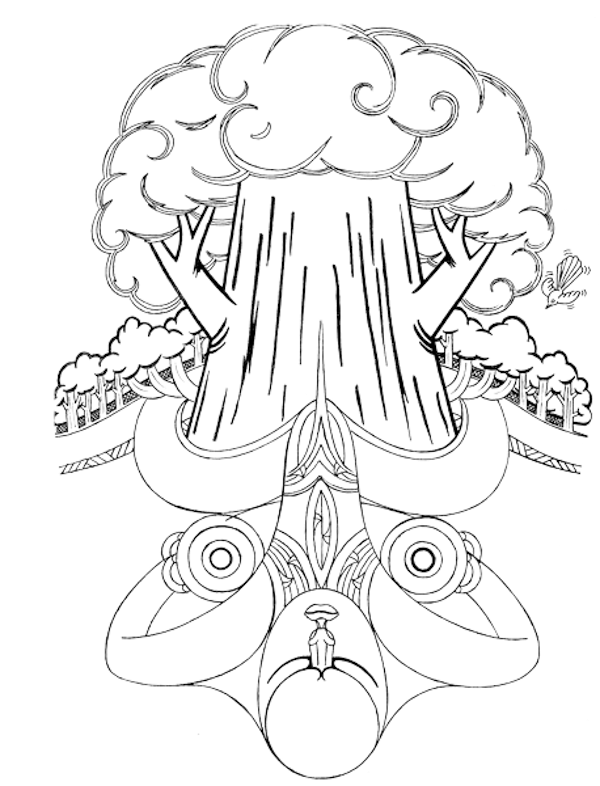
Current Situation 
The Taiea te Taiao project, supported by NZ Landcare Trust, was established to create an ecological corridor linking Maungatautari and Pirongia te Aroaro o Kahu. This corridor aims to reconnect these maunga/mountains through biodiversity plantings designed to enhance native species, strengthen iwi connections to the Mangapiko Stream, and improve overall water quality. A key component of the initiative involves establishing ‘stepping stones’ along the corridor through planting opportunities and predator control initiatives. These elements aim to foster biodiversity restoration while also providing educational opportunities for schools and communities, reinforcing principles of kaitiakitanga.
Exploring Alternatives 
Involving schools in the project required collaboration among multiple stakeholders, including the Taiea te Taiao project coordinator, NZ Landcare Trust, Predator Free Te Awamutu and Pirongia, Enviroschools, and participating schools. Consideration was given to schools’ available resources and capacity to engage. Initial focus was placed on five schools that expressed interest, representing a mix of urban and rural contexts. One school had prior experience with predator control and bat/pekapeka monitoring, while the others were exploring ways to integrate the project into their existing schedules and staffing.
“This is a great example of how Enviroschools can support community restoration through enhancing collaboration with the support of a facilitator.” Enviroschools Regional Coordinator, Michelle Daly
Taking Action 
Collaboration between local organisations and schools has enabled the delivery of environmental education focused on Predator Free 2050. With support from Predator Free Pirongia and Te Awamutu volunteers, students and kaiako have participated in activities such as building tracking tunnels, monitoring local pest species, identifying suitable trap placements, installing and monitoring chew cards, and maintaining traplines on school grounds.
Students at Pirongia School have extended their learning through participation in ‘Kaitiaki Days’ at Pirongia Lodge and field trips to both Pirongia and Maungatautari mountains. These experiences included guided walks through native forest at Sanctuary Mountain, where students observed native birdlife within the predator-proof sanctuary. At Te Awamutu College, predator monitoring and trapping were integrated into agriculture and outdoor education programmes, with the school using tunnels that were built in previous years. Te Awamutu Primary involved a group of students in constructing tunnels and establishing traplines in their newly developed Gully School site. Pāterangi School, who had previously built tunnels, and set traps around school, as well as learnt about the pekapeka roosting in their trees thanks to Taiea te Taiao lead, Bexie Towle were re-energised with regular trap monitoring through a newly formed ‘Gardening Group’.
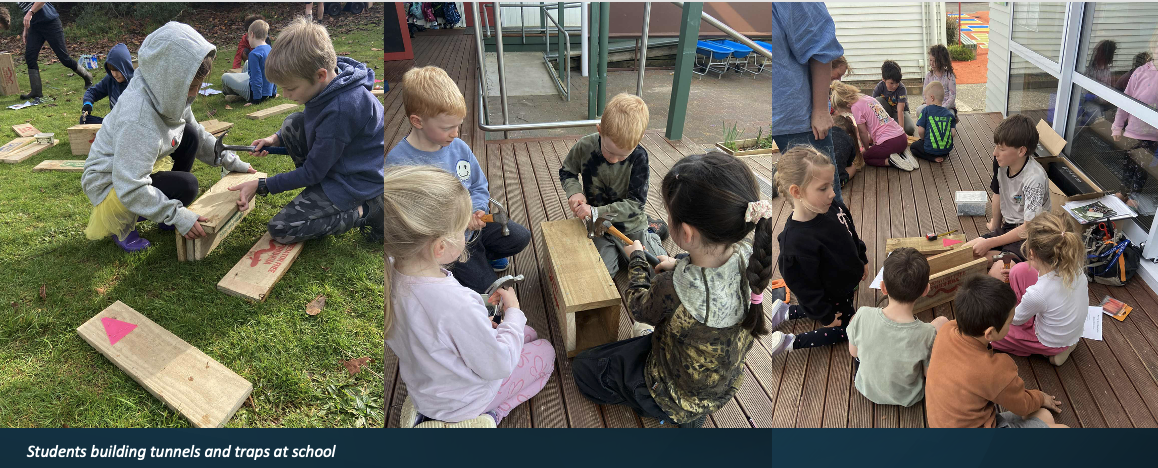
Through partnerships with Waipā District Council, students from Paterangi, Kihikihi, and Pirongia Schools have contributed to planting projects at Ngā Roto peat lake and the Pirongia Esplanade. These activities provided opportunities for students to connect with local restoration efforts and develop a sense of ownership over the spaces they contributed to. Many local schools are also involved in the Trees for Survival programme, and have contributed by planting native trees on local landowners’ properties within the corridor.
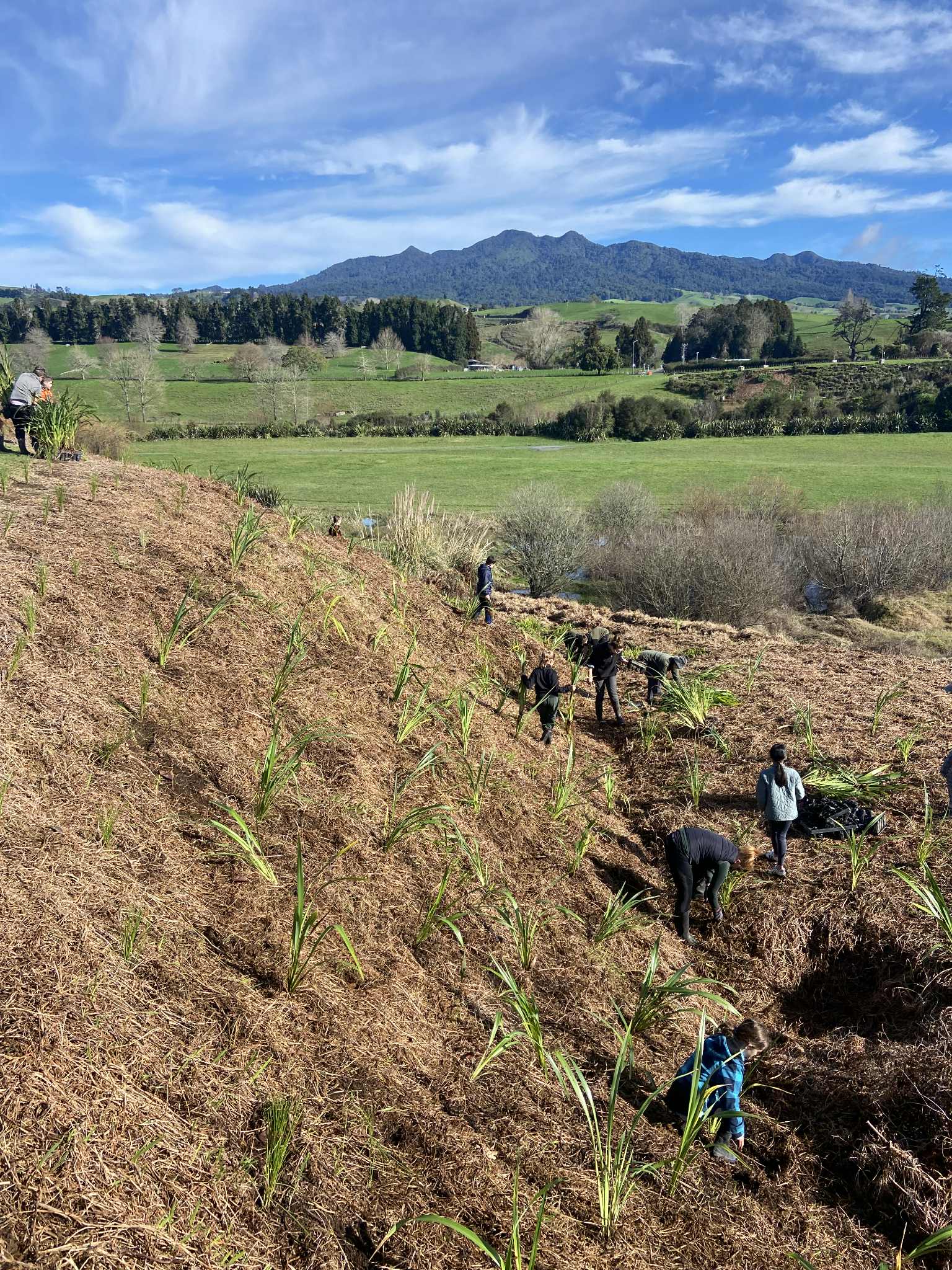
Students contributing to local planting projects
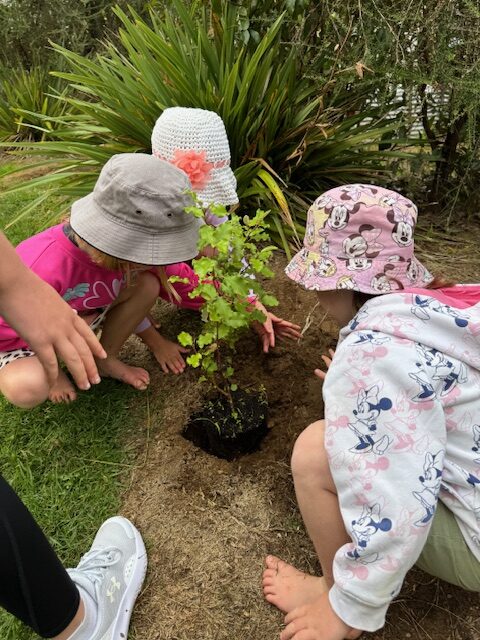
Planting native trees on local landowners’ properties within the corridor.
Educational resources to reinforce learning have been developed in collaboration with environmental leaders involved in Taiea te Taiao. An ‘education box’ of activities and games has been created for use in schools and at community events. As well as having one at Puurekireki Marae and Pirongia Forest Lodge, a popular facility for EOTC experiences. These resources continue to be updated and are being incorporated into Enviroschools conservation week events, with a dedicated launch planned at the lodge in mid-September. This resource box can be booked for use by schools and community groups by contacting Taiea te Taiao, Pirongia Forest Lodge, Puurekireki Marae or a Waipā Enviroschools Facilitator. Included in the box is a teacher manual, therefore it is able to be used independently by kaiako, or can be supported by an Enviroschool Facilitator or Taiea te Taiao project staff.
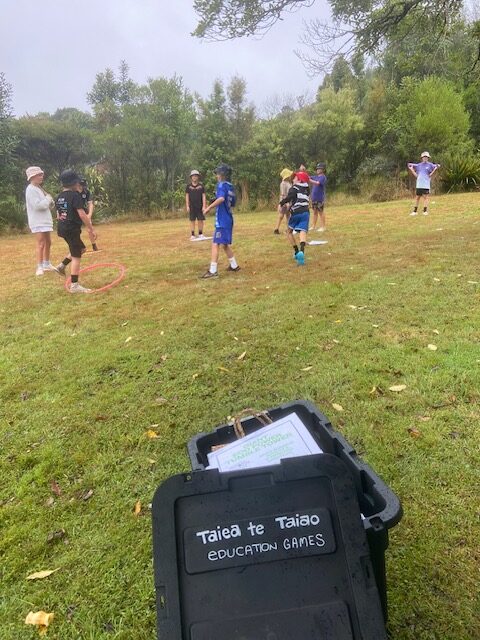
Taiea te Taiao Education Box of activities available for schools to book.
As a result of these efforts, students have developed an understanding of the Taiea te Taiao project, as well as built on knowledge of Pirongia and Maungatautari. They have gained awareness of the biodiversity present in their local environments, including native birds/manu and pekapeka/bats. Planting activities have contributed to the creation of habitat ‘steppingstones’ along the corridor, supporting ecological connectivity and strengthening community engagement. The hope is that schools will be able to share with others the importance of these stepping stones, and how their school is part of this.
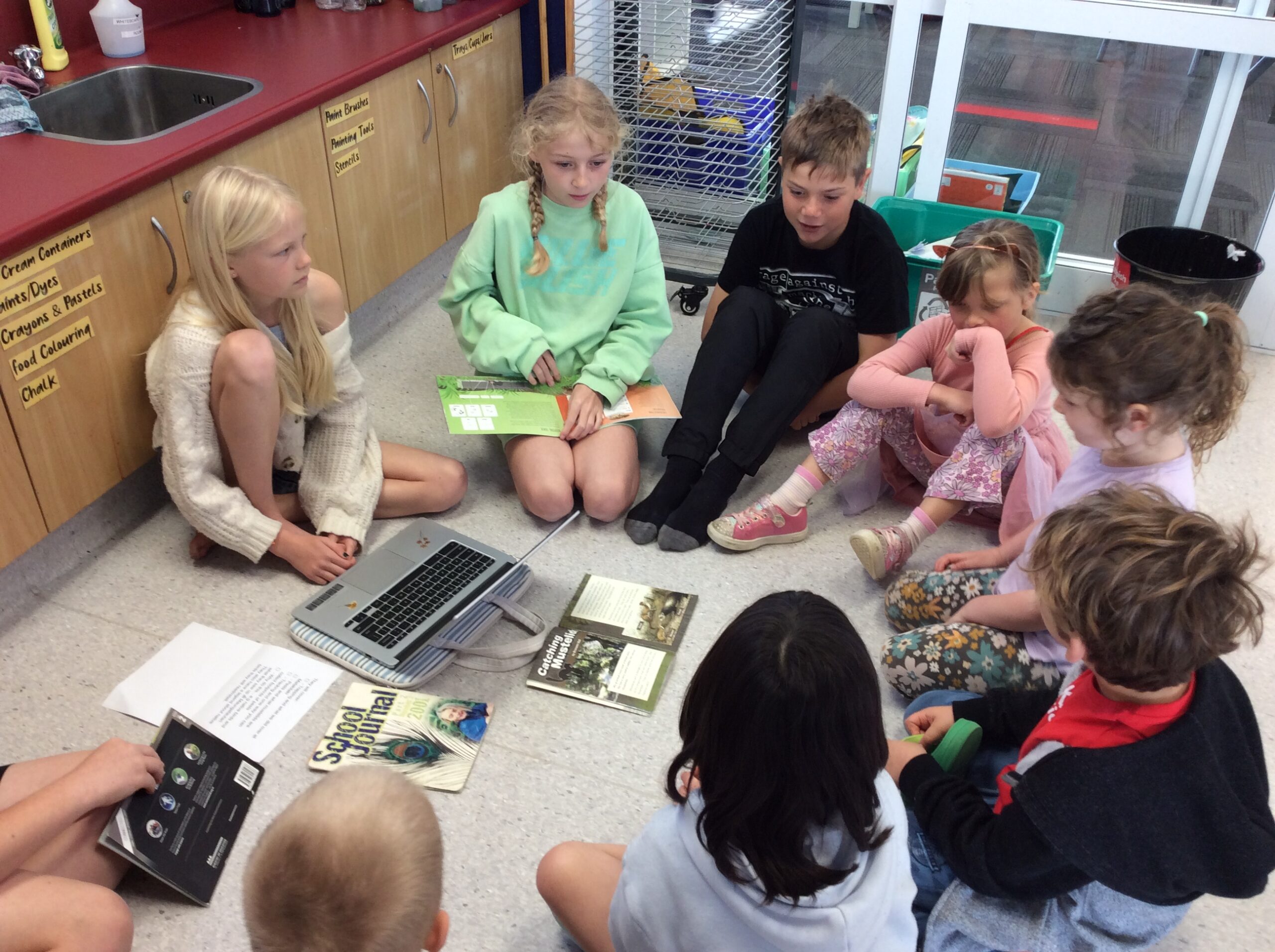
In class learning about predators in our native forests

Working with community experts to monitor traps
Reflection 
Schools have responded positively to opportunities for hands-on environmental learning, with predator control and planting days frequently described as highlights of the school year. Student feedback has reflected strong engagement, with comments such as “this is more interesting and fun, coming out to plant when we can see the maunga right there, and we can hear to kaka squawking’, which emphasise the value of learning outdoors and experiencing local biodiversity firsthand.
The collaborative approach has proven effective, though it requires sustained commitment to relationship-building with community groups, schools, and local government. Engagement in community meetings, events and workshops has been essential to establishing trust and shared goals.
One volunteer community group member shared:
“It’s powerful having Enviroschools work with community groups, because we can come together with our different expertise”. Community Volunteer
Momentum is particularly strong within Te Awamutu, with potential to expand participation into Cambridge and South Waikato schools, who are located closer to Maungatautari end of the corridor.
For more information on the project or to book the Taiea te Taiao Education Box please visit Taiea te Taiao, Ecological Corridor or get in touch via email taieatetaiao@landcare.org.nz